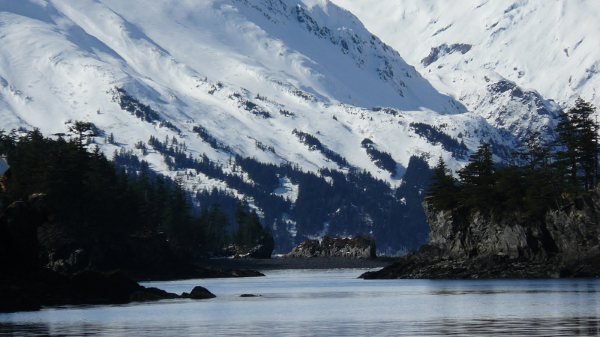baldpaul
Veteran Member
I have been pondering for many months the heat needs of my boat and want to come up with the right solution. First about my boat and the current heat configuration:
Boat is a 49' Defever RPH (2005). The staterooms are forward. So saloon and galley are aft, you walk up three steps to pilothouse and then down about six steps to the forward guest cabin and midship master stateroom.
Current heating is a reverse cycle heat pump providing forced air heat or AC to three zones....saloon/galley, pilothouse, stateroom
There are also two thermostatically controlled electric heaters in the stateroom and saloon.
Both current systems require the generator or shore power to operate. The boat was originally a California boat, but I bought it and brought it to the PNW where I reside. We would like to have a heat source not dependent on intensive electricity.
Two options we have considered are a Webasto Hydronic system and the other is a Dickinson diesel heater.
As with anything, there seems to be pros and cons to each, so am looking for real user experience with both or either system, taking into consideration by boat.
I could get a Dickinson, which I would like because of the dry heat and the cozy fireplace effect and lower cost of install, but as I understand it, I would not necessarily be able to get that heat to my forward cabins? I suppose we could load the blankets on, but is there a solution to get heat to these cabins with the Dickinson solution?
Getting the Webasto I understand it is costlier due to the system and more intensive install, but could have multiple zones. I believe the Webasto also has a power draw....what would that be?
Without rambling further, I would appreciate any comments or advice.
Boat is a 49' Defever RPH (2005). The staterooms are forward. So saloon and galley are aft, you walk up three steps to pilothouse and then down about six steps to the forward guest cabin and midship master stateroom.
Current heating is a reverse cycle heat pump providing forced air heat or AC to three zones....saloon/galley, pilothouse, stateroom
There are also two thermostatically controlled electric heaters in the stateroom and saloon.
Both current systems require the generator or shore power to operate. The boat was originally a California boat, but I bought it and brought it to the PNW where I reside. We would like to have a heat source not dependent on intensive electricity.
Two options we have considered are a Webasto Hydronic system and the other is a Dickinson diesel heater.
As with anything, there seems to be pros and cons to each, so am looking for real user experience with both or either system, taking into consideration by boat.
I could get a Dickinson, which I would like because of the dry heat and the cozy fireplace effect and lower cost of install, but as I understand it, I would not necessarily be able to get that heat to my forward cabins? I suppose we could load the blankets on, but is there a solution to get heat to these cabins with the Dickinson solution?
Getting the Webasto I understand it is costlier due to the system and more intensive install, but could have multiple zones. I believe the Webasto also has a power draw....what would that be?
Without rambling further, I would appreciate any comments or advice.

